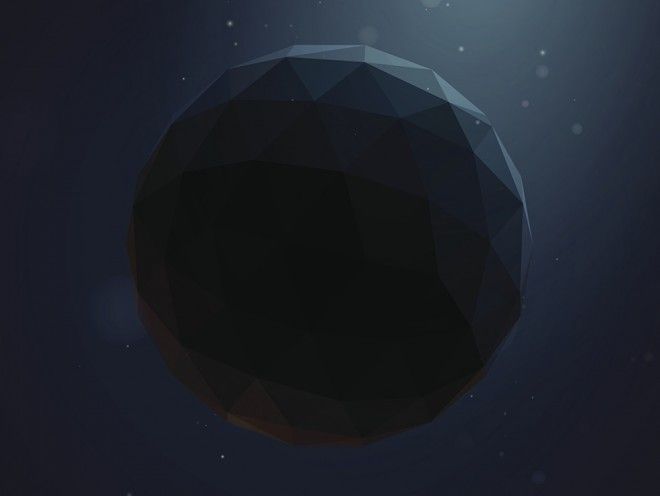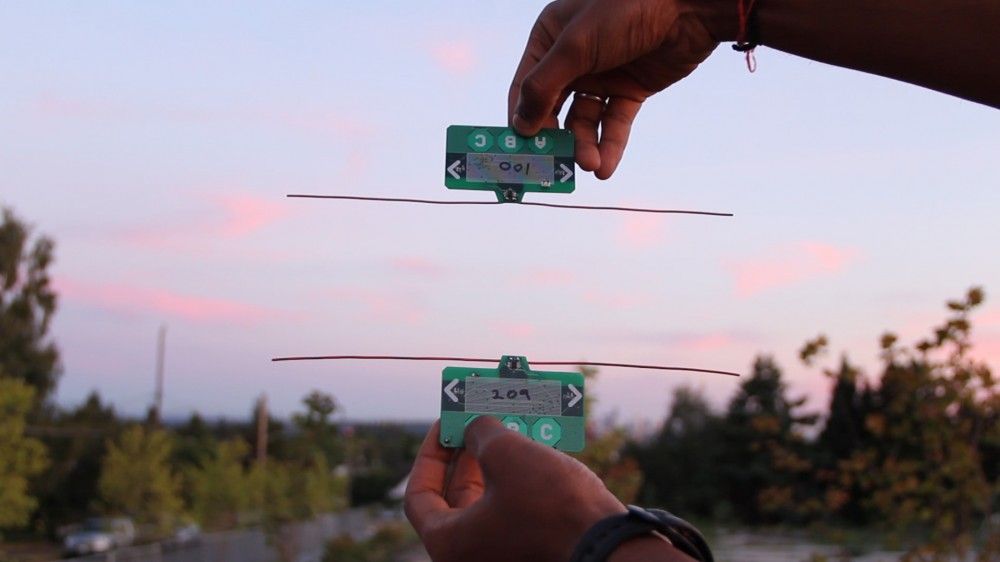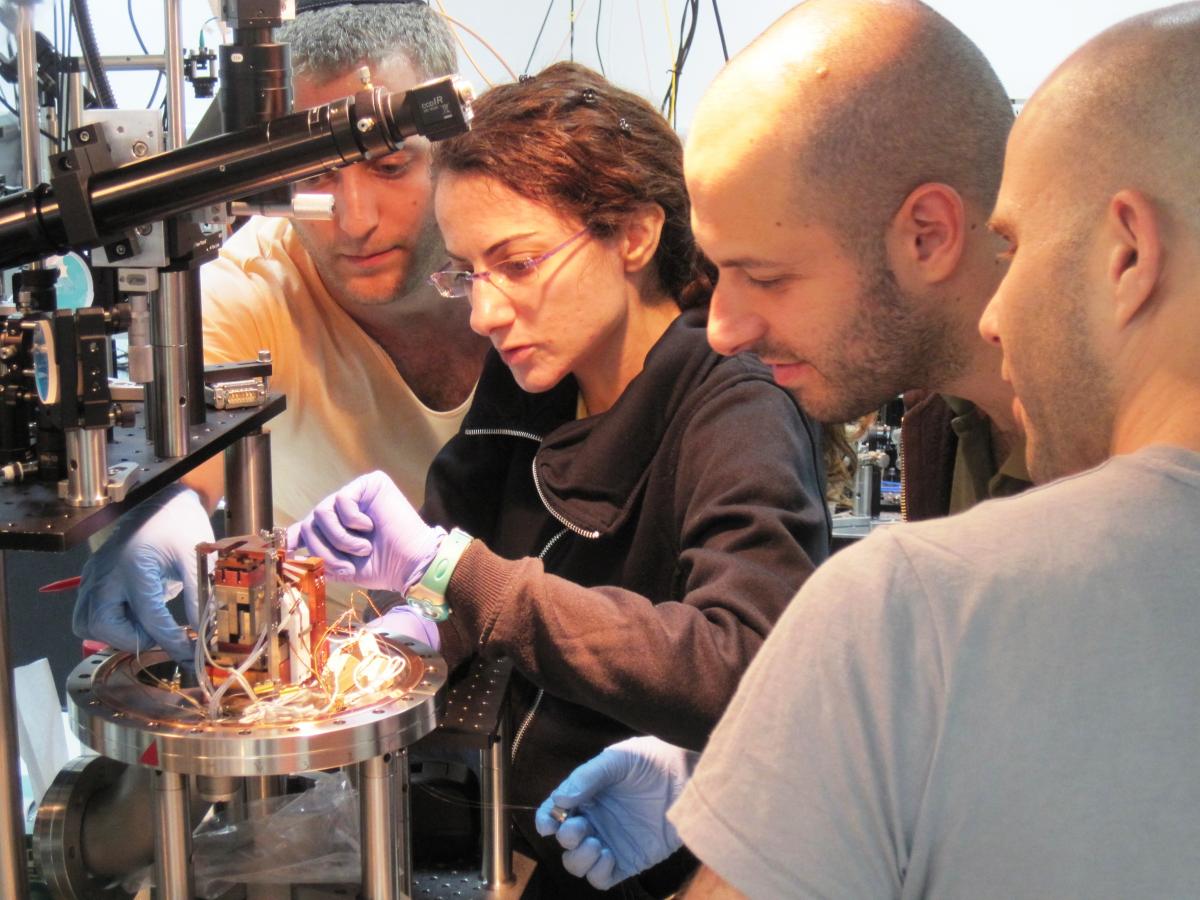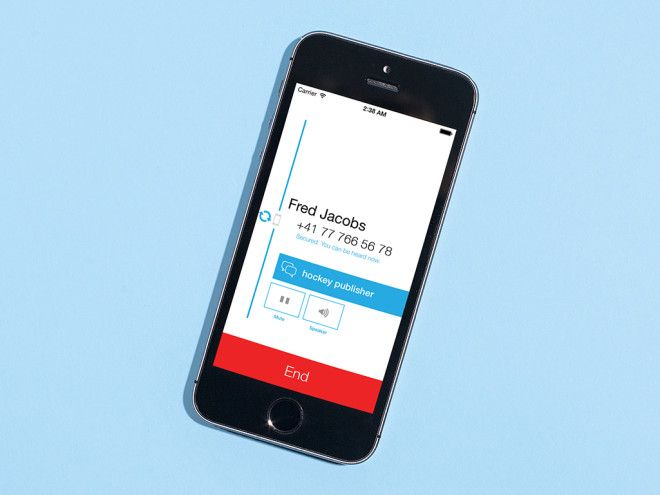Dying Twice
Of course, Ebola can be stopped: By rigorously restricting locomotion for the population. But this presupposes heavy support networks. At the present moment in time, this strategy is still feasible. However, since the disease is spreading exponentially in both number and area, very soon the resources of aid-giving nations will be overtaxed. Then the Big Dying from Ebola will be accompanied by the Big Dying from hunger and thirst due to restricted locomotion without the necessary support services.
There exist institutions that could help. But they all do not know what “dying twice” means:
FIRST: from having become untouchable and unapproachable;
SECOND: from thirst, hunger and the pangs of the disease which are intolerably ugly and stenching.
Mothers do not mind. But where are all the mothers for the dying? Even Jesus’ mother was there at the cross.
Since the disease is doubling every 3 weeks (only at some places the rate is slowed due to restricted locomotion), someone must make a “war plan.” I am sure some wonderful organizations have already done so, but they must join forces, resources and above all: information.
One joint plan must be negotiated, maybe under the auspices of the Vatican?, or the CDC?, or Castroland? It need not be the money-stripped United Nations. Only: SOON!
I have a deep respect for the aid worker who coined the phrase “dying twice”: You are an angel.
Without you, we – the world – would still be blind.














